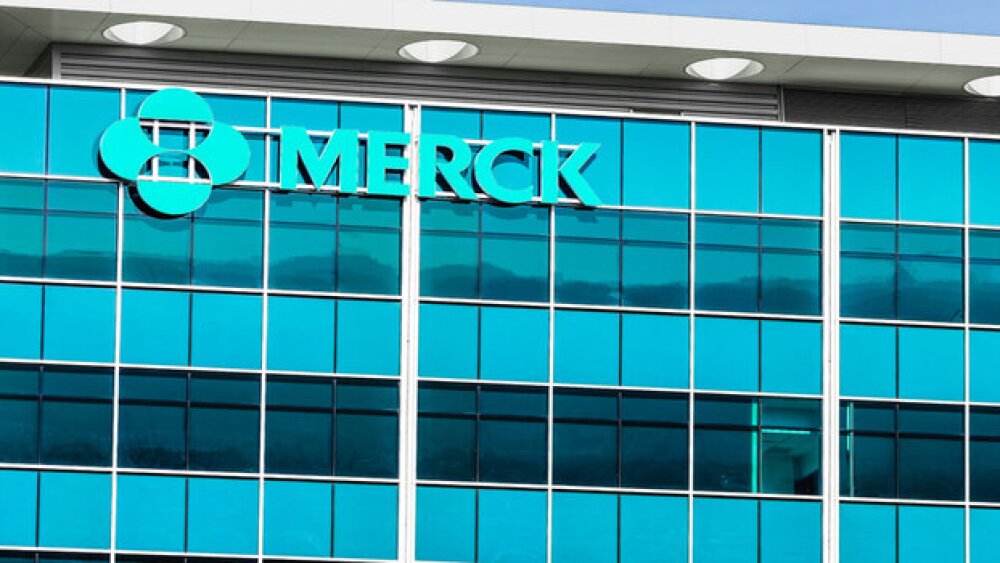The Phase I randomized, double-blind, placebo-controlled, single ascending dose study will assess the tolerability and safety of the compound PDC-APB when delivered via intramuscular injection.
Researchers from U.S. biopharmaceutical firm Hapten Sciences are pushing forward with evaluating a potential vaccine that can prevent the pain and discomfort from poison ivy exposure.
The Phase I randomized, double-blind, placebo-controlled, single ascending dose study is slated to begin on November 1 this year and will assess the tolerability and safety of the compound PDC-APB when delivered via intramuscular injection.
Scientists from Hapten Sciences will be working with the Milton S. Hershey Medical Center for this interventional trial, with 32 participants aged 18 to 65 years will receive up to four dose levels — 5 mg, 10 mg, 15 mg, and 20 mg — in sequential cohorts. All subjects will be monitored closely for six months via telephone follow-up after a screening process that could take around 15 weeks.
The primary outcome will be the overall safety profile observed during the post-treatment observation period. Adverse events will be classified according to organ class using the coding system and severity — Grades 1 to 4, Toxicity Grading Scale for Healthy Adult and Adolescent Volunteers Enrolled in Preventive Vaccine Clinical Trials. The secondary assessment will assess urushiol sensitivity, scored at +/- and 0 to 4 six weeks before and then six weeks after the injection.
PDC-APB is a molecule that has a vaccine-like behavior and can prevent the extremely painful itching and rash caused by exposure to urushiol oil in poison ivy, poison oak and poison sumac plants. Since licensing PDC-APB from the University of Mississippi in 2010, Hapten has been conducting extensive preclinical tests. In 2015, the company applied for an Investigational New Drug Application (IND) with the U.S. Food and Drug Administration and has since completed two Phase I safety studies in healthy subjects.
The trial happening in November this year is its third and will focus on the compound’s safety and biologic activity in people with a proven sensitivity to urushiol.
There are around 50 million cases of urushiol-related contact dermatitis recorded every year in the U.S. alone, seven million of which require visits to healthcare providers. Urushiol exposure is among the top causes of dermatitis-related workers’ compensation claims. It reportedly costs an average of $3,552 to treat and has an average disability time of 23.9 days.
Urushiol-producing plants grow wild across the U.S. Poison ivy is found all over the country, poison oak is found mostly along the east and west coasts, while poison sumac is abundant in the swampy areas of Maine to Florida and some parts of the Mississippi River. One microgram of exposure to its urushiol oil can cause a massive reaction to a highly sensitive person.
Current medical interventions include over-the-counter and prescription topical and systemic corticosteroids to reduce inflammation and itching. However, these medications are non-specific immune suppressants and can have negative side effects.
The Phase I trial is expected to be completed by December 1, 2022.





